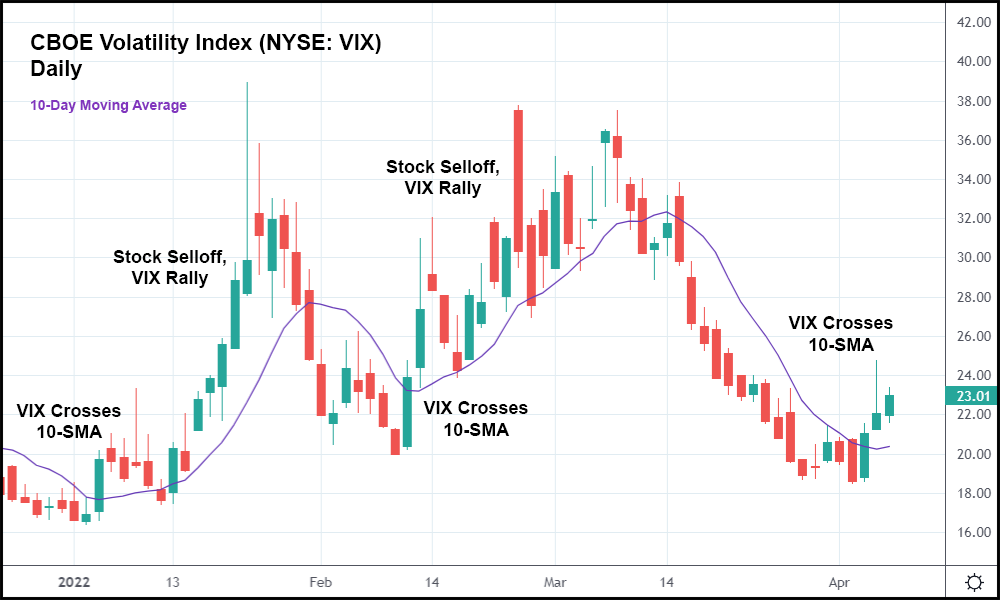Stocks fell again this morning as the selloff intensified. The Dow, S&P, and Nasdaq Composite all pointed lower while “safe haven” shares rallied. Walmart (NYSE: WMT) and Merck (NYSE: MRK) continued their massive run-ups to new highs alongside Procter & Gamble (NYSE: PG).
Drugmaker Pfizer (NYSE: PFE) also enjoyed a large boost at the open as Covid cases quietly climbed worldwide.
But overall, bears were in control following yesterday’s release of the Fed’s March meeting minutes.
“The minutes from the latest FOMC meeting portray a higher level of urgency than previous communication as the Fed has circled on a commitment to run the balance sheet down faster than market participants may have expected,” said Allianz strategist Charlie Ripley.
Fed officials are targeting a balance sheet reduction of $95 billion per month, made up of $60 billion in Treasurys and $35 billion in mortgage-backed securities.
Fed Gov. Lael Brainard said several days ago that the Fed would begin to reduce its balance sheet in May, which the minutes ultimately confirmed. It’s also clear that the Fed wants to raise rates by 50-basis points multiple times this year.
“It does seem like they are talking up the possibility of raising rates by 50 basis points at the next meeting so the hope is that message is well telegraphed in advance,” explained Brian Price, Commonwealth Financial Network’s head of investment management.
“I expect that volatility will remain elevated for the time being as there is a lot of uncertainty for investors to digest right now.”

That’s reflected in the CBOE Volatility Index (NYSE: VIX), which spiked higher yesterday before closing lower. But that doesn’t mean the VIX will remain subdued for long. On Wednesday, it crossed above the 10-day simple moving average (10-SMA).
The last two times that happened (1/5 and 2/10), the VIX rallied while stocks plunged. A similar fate is likely awaiting the market in April after the VIX crossed the 10-SMA on Tuesday. Over the last year, this sell indicator has been very accurate in predicting short-term drawdowns that saw the S&P set new lows.
In 2021, these were almost exclusively higher lows for the S&P as part of a longer-term uptrend. This year, each time the VIX crossed above the 10-SMA, an S&P lower low has followed, suggesting that another one may soon arrive. That also supports the theory that the S&P has entered a longer-term bear market, which grows stronger with each lower low that’s set.
Bulls need to be very careful about dip buying as a result. On Monday, for example, the S&P jumped 0.86% higher as bulls thought they were snapping-up shares at a discount following a near 2% slide from 3/29 to 4/1.
Then, from 4/2 (Tuesday) to this morning, the S&P sunk 2.60%. Anyone who bought the index is now sitting on a loss.
And, according to the VIX, that loss is set to mushroom in the coming weeks, potentially culminating with a lower low as part of a longer-term bear market.








